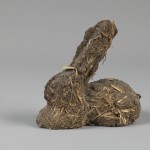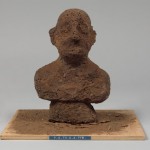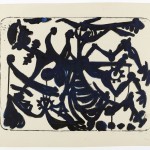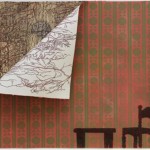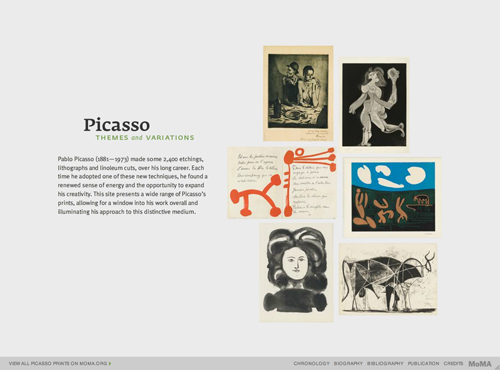Without question, one of the most popular works in the Dieter Roth exhibition Wait, Later This Will Be Nothing, is the seasonally appropriate Bunny-dropping-bunny (Karnickelköttelkarnickel). With Easter just around the corner, jelly bean eggs and chocolate bunnies seem to be everywhere, including here in the galleries at MoMA.

Posts by Sarah Suzuki
Dieter Roth’s Bunny Leaves More Than Just Chocolate and Jelly Beans
Wait, later this will be nothing. No really, I’ve seen it for myself.
Exhibition research often takes curators to archives, museums, private collections, and galleries. These are usually pristine spaces, where voices are hushed, light levels are low, and temperature and humidity are carefully controlled. But I experienced something very different as I investigated the work of Dieter Roth (Swiss, born Germany. 1930–1998), featured in the current exhibition Wait, Later This Will Be Nothing: Editions by Dieter Roth.
David Smith’s Don Quixote
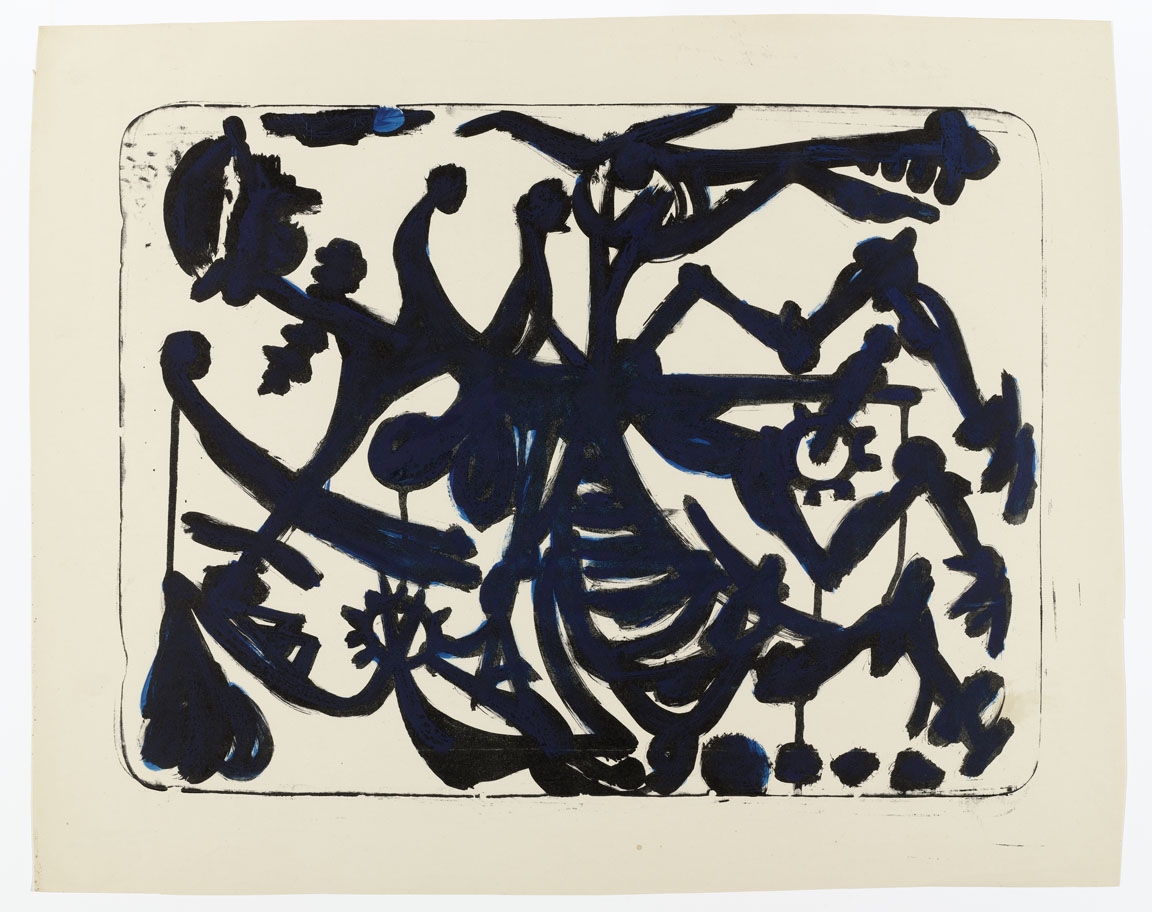
David Smith. Don Quixote, state I. 1952. Lithograph. Publisher: the artist, New York. Printer: Michael Ponce de Léon and Margaret Lowengrund, New York. Edition: 14. The Museum of Modern Art. Stephen F. Dull Fund, 2010
I’ve written before about some of the various ways that works are acquired for MoMA’s collection, a primary one being in preparation for upcoming exhibitions. Abstract Expressionist New York, opening here next month, provided one such opportunity.
The Strange and Wonderful World of Tabaimo
In my admittedly limited experience, Venice in the summer is hot—water-guzzling, gelato-melting, desperate-for-shade hot—not unlike what we’ve experienced here in New York over the last several weeks. In the summer of 2007, as I dashed between air-conditioned venues at the Venice Biennale, I remember the relief I felt at finding myself in a cool, dark space inside an exhibition hall. I remember equally clearly the work that was on view there, a video, dolefullhouse, by the young Japanese artist Tabaimo.
Prints and the Web—Introducing Picasso: Themes and Variations
When you think about printmaking, the Web may not be the first thing that comes to mind. You may envision instead old etching presses, or heavy lithographic stones, or stacks of paper waiting to hit the press. But in fact, MoMA’s Prints Department has long been interested in using the Web as a way of sharing information: using animated, interactive multimedia components as a way to make the material come alive. Our online projects are all available on MoMA.org, from our earliest experiments all the way back in 1998 with Miró’s Black and Red Series…
Dieter Roth’s Hat
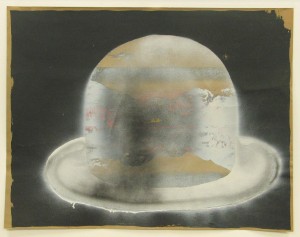
Dieter Roth. Hat. 1965. Screenprint over offset. Publisher and printer: the artist, New Haven. Edition: approx. 20 unique variants. The Museum of Modern Art. The Print Associates Fund, 2009. © 2010 Estate of Dieter Roth
Dieter Roth was a singularly important figure in postwar European art—an iconoclast, really—whose wide-ranging practice, including artist’s books, prints, drawings, sculpture, assemblages, sound recordings, film, music, and poetry, reverberated for decades to come. He was associated with kinetic art, Fluxus, Conceptual art, and concrete poetry, often blurring the boundaries between mediums and movements of the 1960s and 1970s.
As a printmaker, he totally pushed the envelope. He sent slices of greasy sausage and cheese through the printing press, stuck strips of licorice onto etchings, glued croissants onto the covers of the books he designed. He also worked with more traditional techniques like screenprint and etching, sometimes combining them to play with different experimental effects.
Robin Rhode’s Car on Bricks
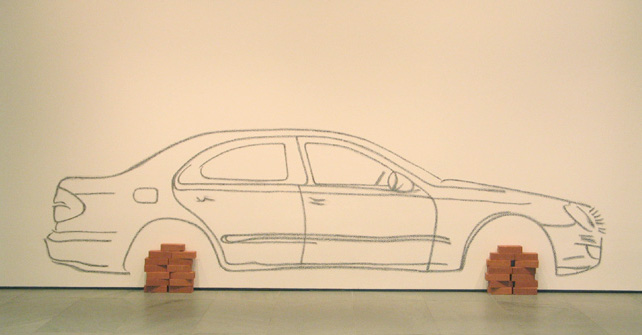
Robin Rhode. Car on Bricks. 2008. Multiple of wall drawing and bricks. Publisher: Edition Schellmann, Munich. Edition: 15. The Museum of Modern Art, New York. Acquired through the generosity of The Contemporary Arts Council of The Museum of Modern Art. © 2010 Robin Rhode
As they reach the top of the escalators on the second floor at MoMA, visitors are greeted by a recent acquisition by the South African–born, German-based artist Robin Rhode. Car on Bricks (2008) consists essentially of an idea that the artist has issued in an edition of fifteen unusual multiples, each consisting of a wall drawing and two piles of bricks.
Picasso on Rembrandt
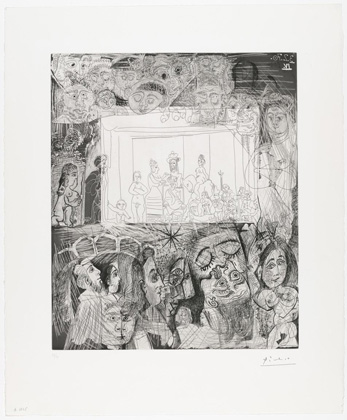
Pablo Picasso. After Rembrandt: Ecce Homo. 1970, published 1978. Etching and aquatint. The Museum of Modern Art. The Edgar Wachenheim III Fund, 2009. © 2009 Estate of Pablo Picasso/Artists Rights Society (ARS), New York
There are lots of reasons why a work might be acquired for MoMA’s collection. Sometimes, the intense preparations for an upcoming exhibition provide a great opportunity to step back, take a careful look at what we already have, and see if there are gaps that need to be filled in our holdings of an artist’s work. This was recently the case as we researched an upcoming exhibition that, along with an accompanying catalogue and website, will explore Pablo Picasso’s creative process through the lens of printmaking. We took a close look at MoMA’s Picasso prints by theme, by technique, and by chronology, and discovered that we didn’t have a strong enough representation of Picasso’s late period (from about 1965 to his death in 1973), which has often been overlooked and underappreciated.
If you are interested in reproducing images from The Museum of Modern Art web site, please visit the Image Permissions page (www.moma.org/permissions). For additional information about using content from MoMA.org, please visit About this Site (www.moma.org/site).
© Copyright 2016 The Museum of Modern Art

